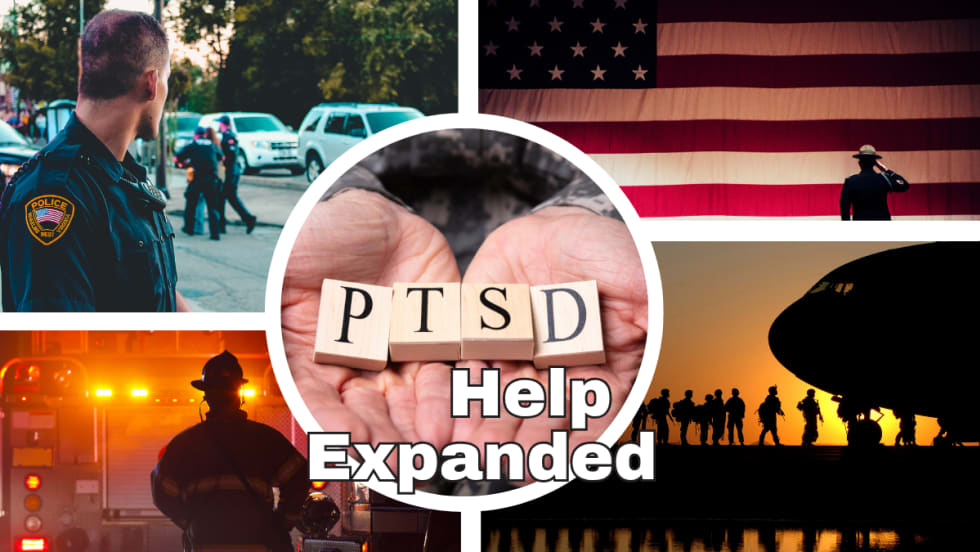But as the saying goes, you don't bring a knife—or a TASER—to a gunfight. And when confronted with either a knife or a firearm at close range, no matter how empathetic or patient the officer is, his hand may be forced and he will have to act to protect himself or others.
Unfortunately, the officer who acts will soon have to defend him or herself in a court of law or in the court of public opinion. He or she will also face personal doubts over the incident. And of course, the officer's personal questions will soon be joined by many questions from the public and from the agency he or she works for. Everything from racial demographics, to the number of rounds fired, to the commands made will be Monday morning quarterbacked.
When Alonzo Heyward stalked about his Chattanooga, Tenn., neighborhood ranting about suicide while carrying a rifle, it set off a series of confrontations with local law enforcement. It culminated with six officers firing a cumulative 59 rounds at Heyward, who suffered 43 bullet wounds to his chest, face, arms, hands, legs, buttocks, and groin.
Local activists raised questions about the number of shots and levied accusation at the cops. In response, Eugene O'Donnell, a former police officer and prosecutor who is now a professor of police studies at the John Jay College of Criminal Justice in New York City, told the Associated Press that there is "no magic number," when it comes to officers firing at a suspect.
"When you send the police, they bring deadly force with them. They come armed and they come predisposed to use force," O'Donnell told the AP.













